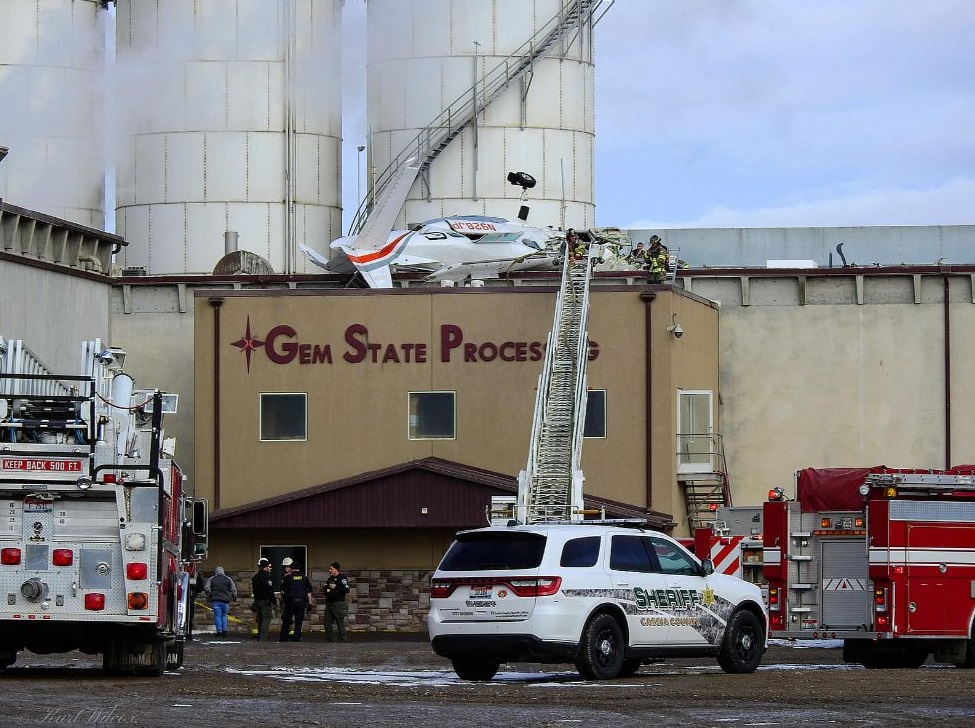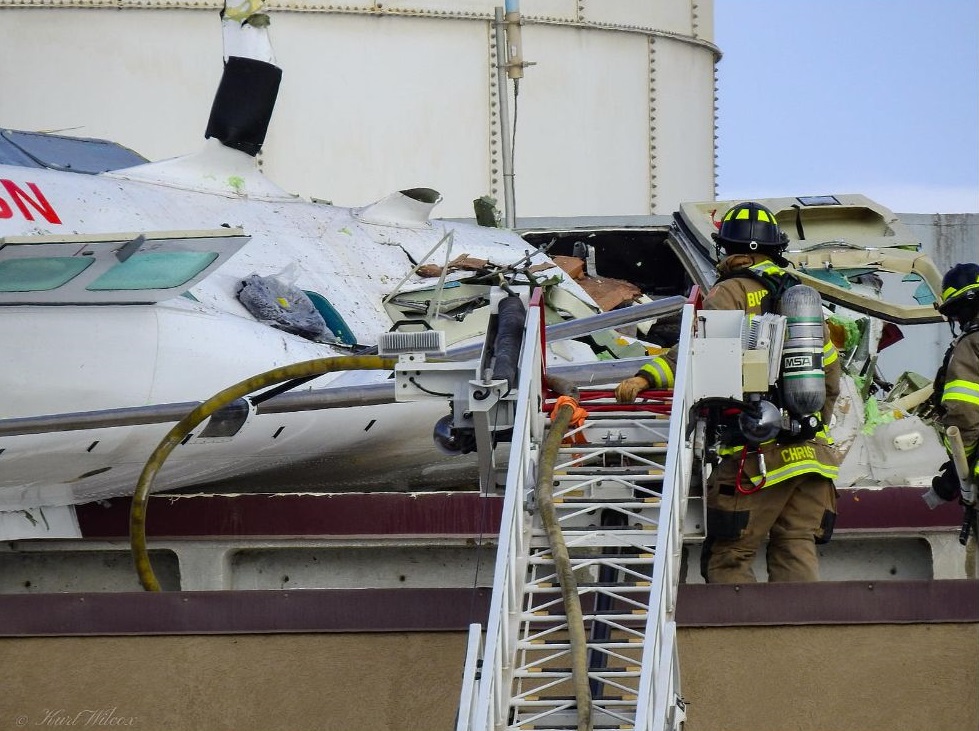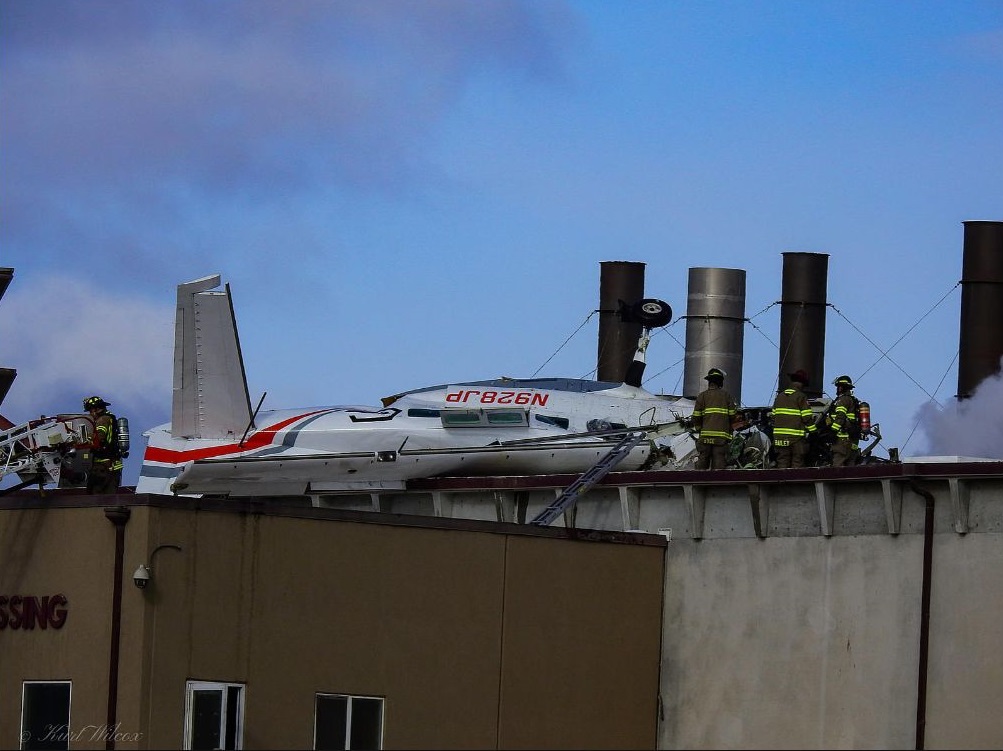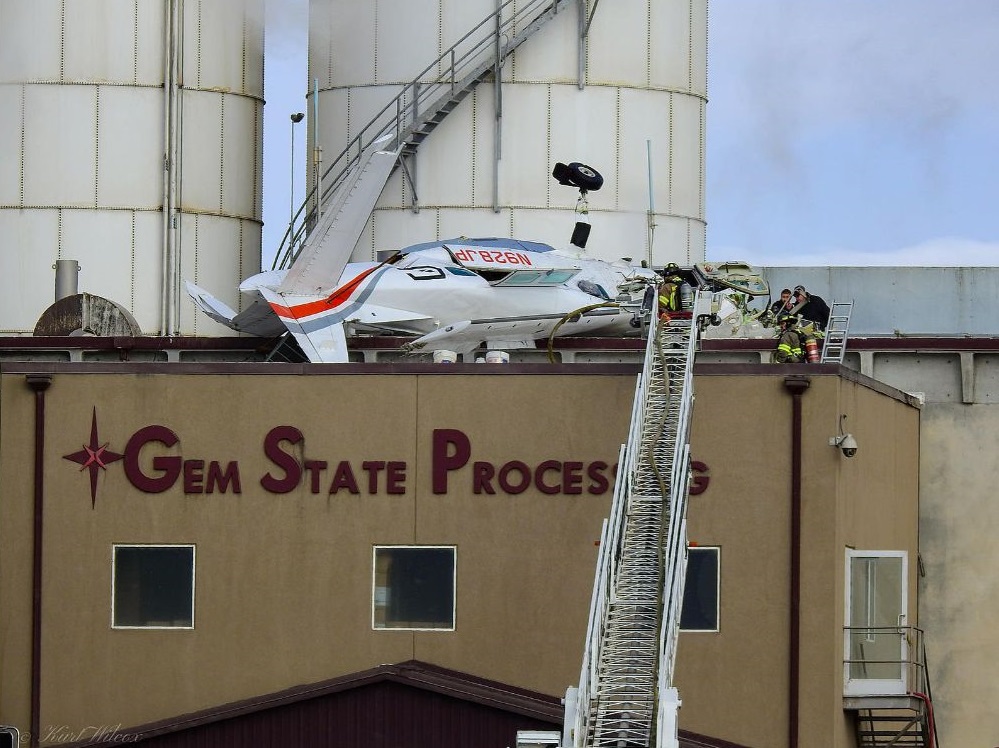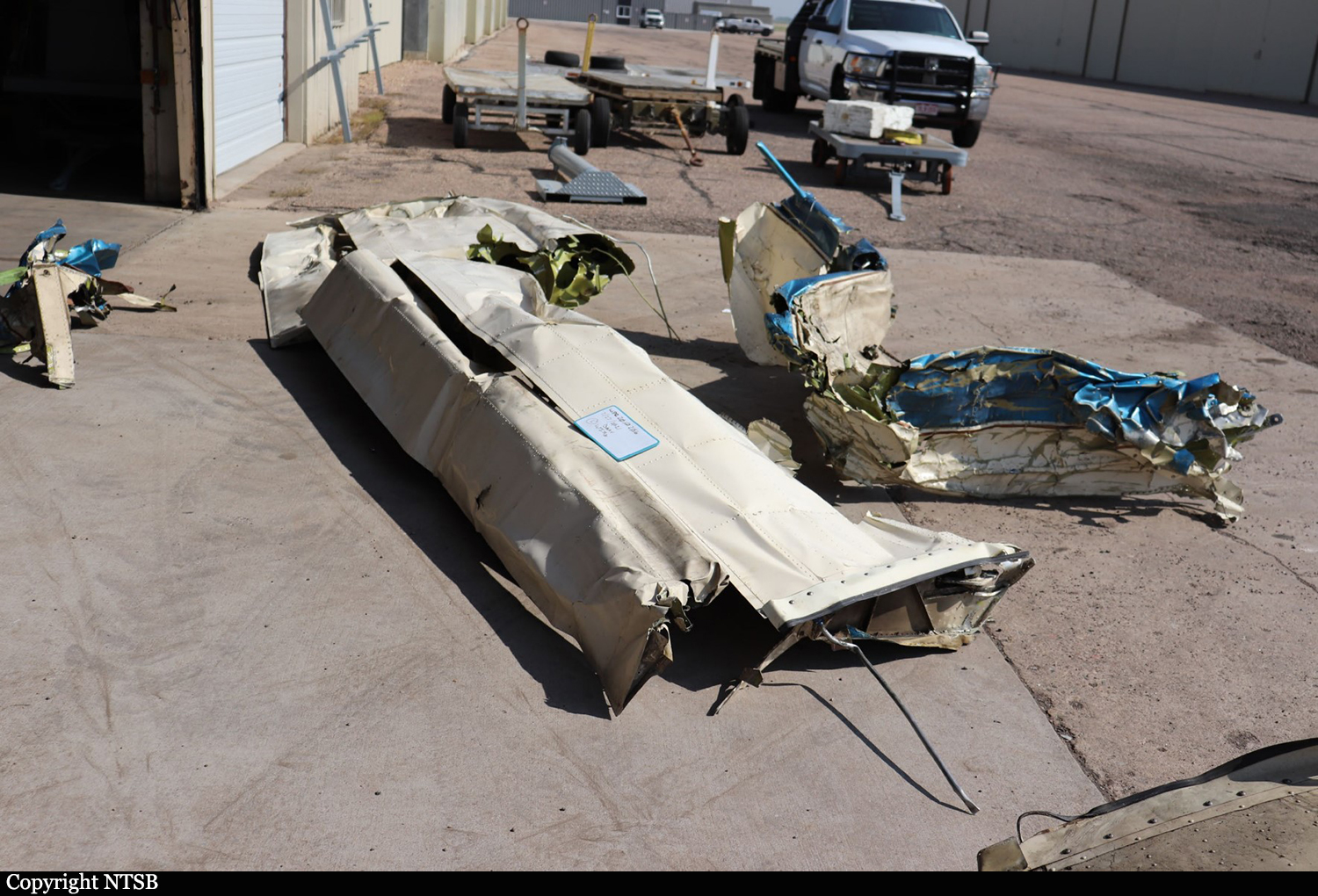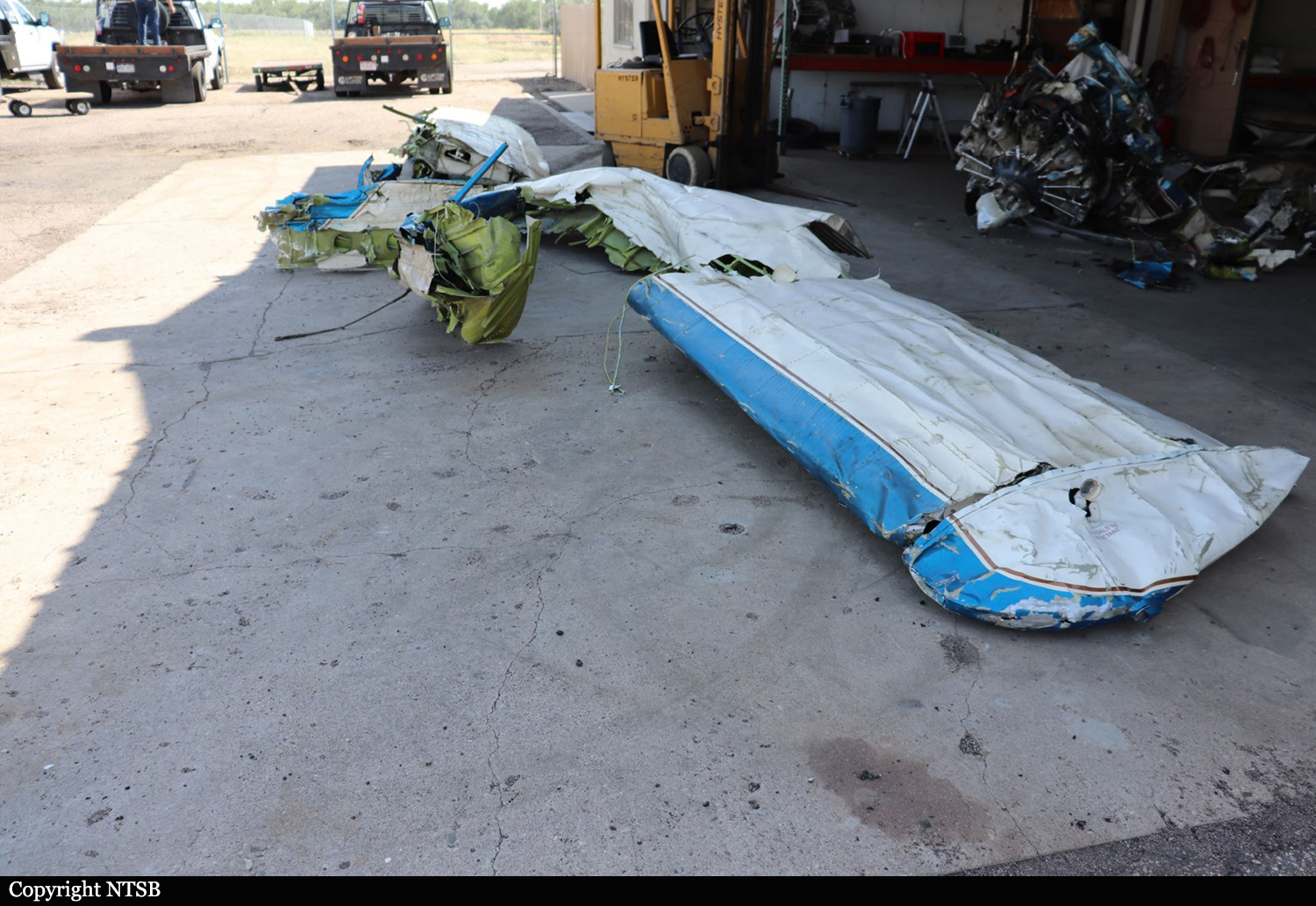Crash of a Comp Air CA-8 in Grasmere: 2 killed
Date & Time:
May 8, 2022 at 1419 LT
Registration:
N801DT
Survivors:
No
Schedule:
Boulder City – Boise
MSN:
027078SS52T03
YOM:
2007
Crew on board:
1
Crew fatalities:
Pax on board:
1
Pax fatalities:
Other fatalities:
Total fatalities:
2
Aircraft flight hours:
685
Circumstances:
The pilot and passenger departed on a cross-country flight. Automatic dependent surveillance – broadcast (ADS-B) data indicated that the airplane flew at a cruise altitude between 11,000 ft and 13,000 ft mean sea level (msl) on a north to northeast heading consistent with its planned destination for most of the flight. About 30 minutes before the end of the flight, the airplane began a descent and then turned east. Shortly thereafter, the pilot of the airplane declared minimum fuel with air traffic control (ATC). A few minutes later the pilot declared critical fuel due to a fuel leak. The pilot stated in his last communication that he would attempt to make a nearby airport. Subsequently, the airplane impacted hilly, desert terrain at an elevation of about 5,780 ft and on a heading of about 034°. An acquaintance of the pilot who was a flight instructor stated that, on the two previous flights he had flown with the pilot, the left wing of the airplane felt heavy. The accident pilot thought it was because of a fuel imbalance. The postaccident examination revealed that the left tank fuel valve was positioned ON and the right tank valve was positioned OFF, consistent with the pilot balancing the fuel by feeding from the left-wing fuel tank. It is possible that when the pilot noticed the minimum fuel status, he failed to recall that he had previously selected the rightside fuel tank OFF, and thus did not have this fuel available. Given that the cruise altitudes on the accident flight were similar to what the previous owner used to make his fuel range and duration estimates, even with about a 20% reduction in fuel due to the pilot allowing 2 inches from the top of the fuel tanks during refueling, the airplane should have had adequate fuel to make its destination. A strong smell of fuel and fuel staining were also observed at the accident site. Page 2 of 11 WPR22FA173 A review of radar imagery from Boise, Idaho, revealed that the airplane flew through several areas of light to moderate intensity echoes as it proceeded northward, and then after turning eastward, the airplane’s fight track was through an area of moderate to heavy intensity echoes. The accident site was located on the southeast edge of the echo. Light-to-moderate icing conditions in the clouds with clear to mixed type icing below 12,000 ft msl were expected. Thus, it is likely that the airplane, which was not certified for flight in icing, encountered icing in the final portion of the flight. The pilot was flying with insulin-dependent diabetes, having type 1 diabetes mellitus. Given the urine glucose level of 29mg/dL, no detectable glucose in vitreous fluid, and ongoing verbal communication, it is unlikely that the pilot was experiencing significant metabolic disturbance from high blood glucose. Whether he was experiencing less severe effects of high blood sugar could not be determined. Whether he had symptoms of low blood glucose, such as diminished concentration or increased nervousness, is unknown. The pilot’s use of diphenhydramine (Benadryl), which can cause sleepiness, was likely not a factor due to fact that it was detected only in the urine and not in the blood. Thus, it is unlikely that effects of the pilot’s diphenhydramine use contributed to the accident. Accident site signatures and a review of the weather were consistent with a loss of control of the airplane. In addition, an examination of the airframe and engine revealed no evidence of any preimpact mechanical failures or malfunctions that would have precluded normal operation. It is likely that, while maneuvering to an alternate airport due to a critical fuel situation, in icing conditions, the pilot failed to maintain the proper airspeed, which resulted in the exceedance of the airplane’s critical angle of attack and the airplane experiencing an aerodynamic stall.
Probable cause:
The pilot’s failure to maintain proper airspeed and his exceedance of the airplane’s critical angle of attack, which resulted in an aerodynamic stall.
Final Report:


